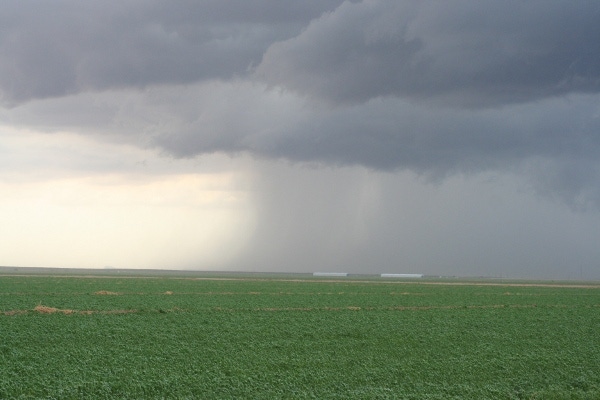March 25, 2017

(Commentary)
Recharging underground water supplies through old and new channels and methods may only lead to over consumption, especially if drought conditions return in a few years.
Several water management experts in the central and southern San Joaquin Valley, where painful drought conditions have prevailed for the past five years, are discussing additional channels and choices for putting some of this year’s excess water into underground storage for future use.
And they’re considering continuing programs to bolster those pools every year.
But a UC Davis associate professor and two students have issued a caution. They wrote an article about their concerns in the January-February issue of ARE Update, published by the Agriculture and Natural Resources Department at the University of California.
It suggests that additional water demand and consumption, not all of it by farmers, may overdraw the underground water account, no matter how much can be deposited there.
Associate Professor C.-Y Cynthia Lin Lawell, Ph.D. student Louis Sears and B.S. student David Lim suggest that groundwater conservation programs, though well-intentioned, might have “perverse” consequences. They warn that such programs might increase rather than decrease the amount of extracted groundwater.
The authors cite the experience of an intended water saving program conducted in Kansas where growers were offered subsidies to improve their irrigation systems. The perverse result was that farmers used the improved systems to pump more water, increasing rather than decreasing the dependence on underground supplies.
At the same time, water management experts in California continue studying and experimenting with processes and systems to allow water from winter rains and spring snow melt to find its way to natural underground storage basins. If the level of these basins can be maintained at reasonable depths, pumping the water out is manageable, beneficial, and reassuring.
California Department of Food and Agriculture Secretary Karen Ross praised these efforts recently, saying it’s occurring at the local level because people prefer that no actions or plans be imposed at the state level. She acknowledged the wide scope of studying groundwater because it overlaps “areas like land use and development for cities and counties.”
The Davis researchers point to the probability that incentives or subsidies offered to farmers for installing improved irrigation technology are likely to cause them to shift some dry land to irrigated acreage, resulting in pumping greater volumes of water – no water saving there.
What the Davis report did not discuss is the demand of population increases on water supplies. California’s population has been growing since the gold rush, and is expected to reach 40 million soon. Domestic water supplies for the expanding population primarily come from underground sources.
To some extent, the default in underground supplies is at least partly the result of improved irrigation technologies on farms. Drip irrigation conserves water, but its shallow distribution only to root zones prevents percolation back to the underground.
Out of date flood irrigation, tabbed in many cases as wasteful, allowed deeper penetration of water applied to crop land, thereby a return to the underground pools.
While many Californians don’t seem to know or care where their water comes from, farmers do, and they want to preserve and protect, and even improve access. The effort to do this is intense.
The Davis report is a caution to the many agencies and individuals attempting to protect and increase the great groundwater basins beneath some of California’s most productive agricultural land. While well intended, their end result can be perverse.
(Note: The views expressed in this commentary are solely those of the guest author, and are not necessarily shared or endorsed by Western Farm Press).
About the Author(s)
You May Also Like




